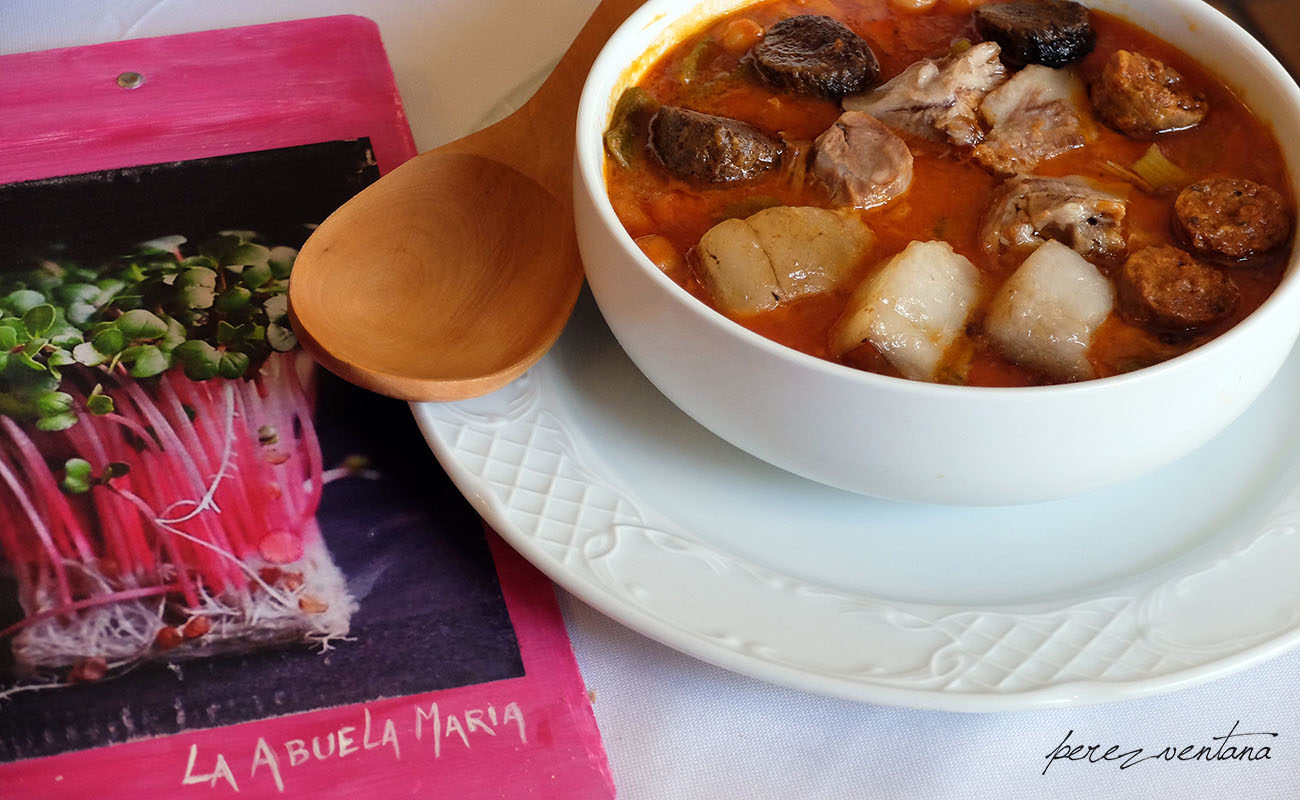A special day in Utrera
To be a flamenco aficionado is not just going to the theatres or buying albums. There is a way to feel flamenco, which is getting lost walking on the streets of these towns with so much history.

I spent last Saturday in Utrera, that town in the province of Seville with so much flamenco history. I arrived early and went for a long walk on its streets, making sure to pass by Nueva Street and the house of Fernanda and Bernarda, the one who used to make a big fuss whenever Popá Pinini got drunk. It’s a very a narrow street, and its whitewashed façades still smell of the cantiñas de Pinini, created by that unique and pure Gypsy man. Strolling in Utrera, I couldn’t help remembering some good times with Gaspar, that genius of cante, who whenever he saw me in town, would ask me what on earth I was doing there, but he would say it with art, with no mocking intent. I also remembered José Fernández Granados, Perrate, another genius of cante, a humble Gypsy chair-maker like his father, until one day he got the crazy idea of becoming a cantaor. For a moment I though I had seen Curro el Toleano, Curro de Utrera, reading the newspaper outside a bar, with his white head, from where honey candy fandangos would come out, and I thought of that sailboat which always won because he skippered it. I remembered one or other drunken evening with Diego el Cabrillero, a nephew of El Chocolate, who still sings like a god and possesses his uncle’s Gypsy voice, although seasoned with the spice of Utrera. I thought I saw Pepa la Feonga, the best festera in Spain, who is no longer with us, although I’d clearly imagined her walking down the street with that unique grace and compás of hers.
Later I went for lunch at La Abuela María restaurant on Juan de Anaya Street, owned by Catalina (known as “Cati” to her friends), the daughter of the great Enrique Montoya, without a doubt one of the best artists of this land. In this beautiful restaurant, you can eat a stew or a tomato soup which will make you want to live there forever. My hosts were Cati’s husband, Luis de la Ramona, and Manolito Pelusa (bailaor from Nimes who settled in Utrera) and we had an interesting conversation about the cante of this land, about its Gypsy families and about the importance of Utrera not getting stuck in the past, living off its glorious memories: the soleares of La Sarneta and the martinetes of Perico Mariano El Pelao, the incomparable echo of Manuel de Angustias, or the unique sound of Bambino. The day ended in the sunny terrace of a bar owned by the daughters of Diego Chamona, nieces of Bambino, where we could enjoy an improvised fiesta, short but lovely, with that wonderful taste of Utrera.
Back home, with the sun already fast asleep, I thought about how lucky we are, those of us who live in this land where the clock is just an ornament, because time stops and we can have a good time at any time, and in Utrera there is always a good time, it’s a town that, although it has grown, still retains its small-town character, even if it’s just a half an hour drive from Seville, and a stone’s throw from other flamenco cities such as Cádiz, Jerez, Lebrija, Alcalá de Guadaíra or Morón de la Frontera. Spending a day in Utrera is quite something, it’s a luxury, but an affordable luxury.
To be a flamenco aficionado is not just going to the theaters or buying albums. There is a way to feel flamenco, which is getting lost walking on the streets of these towns with so much history, stepping on the same cobblestones where those geniuses of old walked on so often, drinking wine in those taverns where they hung out a compás, and smell the same aromas they smelled. If you haven’t visited Utrera yet, don’t delay. Pick any Saturday and walk by the old town, have lunch at La Abuela María and get yourself a good guide who’ll tell you why is Utrera so flamenca, and why is that their flamencos would never want to live anywhere else.
* This article was originally published in ExpoFlamenco on March 14th, 2016




